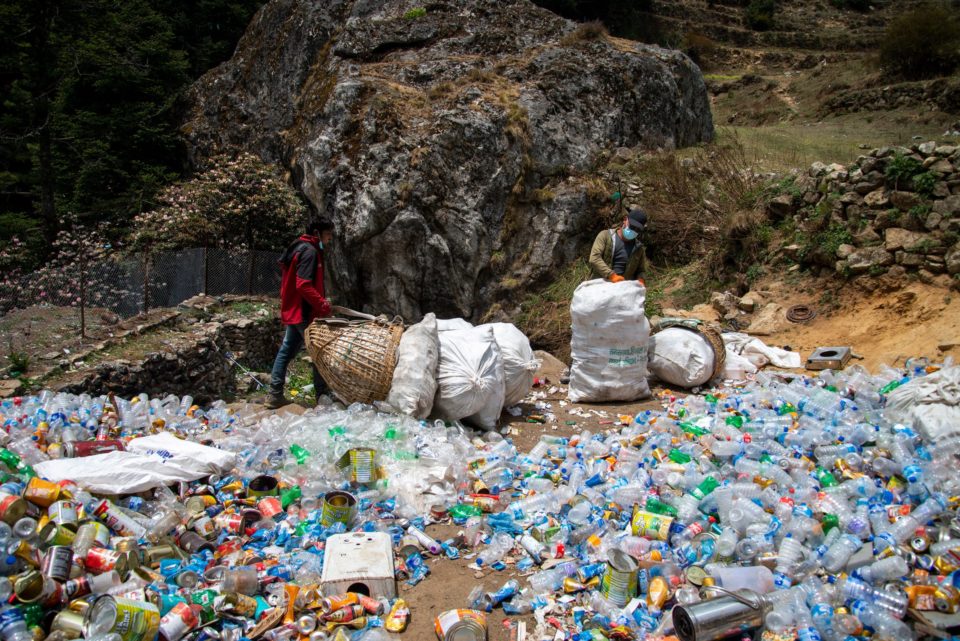Introduction: The Growing Challenge of Waste Management
In the modern world, waste generation is at an all-time high. According to the World Bank, global waste generation is expected to increase by 70% by 2050, which would result in over 3.4 billion metric tons of waste annually. This sharp rise in waste production is not only an environmental issue but also a social and economic one. Cities are running out of landfill space, ecosystems are being destroyed by pollution, and the resources used to create disposable products are being wasted.
Advertisement
However, there is hope. In recent years, a paradigm shift has occurred in the way we approach waste management. We are beginning to move away from the linear “take-make-dispose” model to a more sustainable, circular model that focuses on reducing, reusing, and recycling materials. Waste, which was once considered a burden, is increasingly being seen as a valuable resource. This article explores the creative approaches that are emerging in waste management and how individuals, businesses, and governments are transforming waste into treasure.
The Traditional Approach: Waste as a Problem
Historically, waste management has been about disposal—getting rid of trash as quickly and efficiently as possible. In most parts of the world, this has meant collecting waste and sending it to landfills or incineration plants. These methods, while effective in the short term, do not address the underlying issues of resource depletion and environmental degradation. They also contribute to the growing problem of waste pollution in oceans, rivers, and other ecosystems.
In a traditional waste management system, the focus is on the disposal of materials that are seen as no longer useful. This is typically done through:
-
Landfilling, where waste is buried in large, open areas.
-
Incineration, where waste is burned to reduce its volume, often releasing harmful gases into the atmosphere.
-
Open burning, which is a common practice in some developing countries, and contributes significantly to air pollution.
This linear system relies heavily on the assumption that resources are abundant and that the environment can absorb the consequences of our consumption. However, as the impacts of waste pollution have become more apparent, this approach is increasingly being recognized as unsustainable.
Moving Towards a Circular Economy
A circular economy is an alternative to the traditional linear model. Instead of discarding waste, the circular economy seeks to close the loop by keeping products, materials, and resources in use for as long as possible. This approach encourages the reuse, repair, refurbishment, remanufacturing, and recycling of products and materials, reducing the need for virgin resources and minimizing waste.
In a circular economy, waste is not seen as a problem but as an opportunity. The concept of “from trash to treasure” perfectly captures this shift in thinking. Rather than simply disposing of materials that are no longer in use, they are seen as valuable resources that can be repurposed, redesigned, and reincorporated into the production process.
Several key principles guide the circular economy:
-
Design for longevity: Products should be designed to last longer, be easily repaired, and have a minimal environmental footprint.
-
Material recovery: At the end of a product’s life cycle, the materials used to make it should be recovered and reused.
-
Energy efficiency: The energy used in production and recycling processes should be as efficient as possible, reducing carbon emissions and energy consumption.
-
Waste as a resource: Waste should be viewed as a resource that can be harnessed for new purposes rather than discarded.
